The past, present and future of Bentley all on display at the 2014 Goodwood Festival of Speed.

Bentley dipped a tentative toe into the adrenalin filled pool of motorsport back in 1922 with a few hill climbs, a run at Brooklands and an international excursion to the Indianapolis 500. It would be a slight understatement to say that Walter Owen Bentley was less than convinced in pursuing this direction any further. And yet, one year later, W.O. was ‘persuaded’ to have the factory prepare a privately entered Bentley for a new race called the ’24 Heures du Mans’ and the rest, as they say, is history.
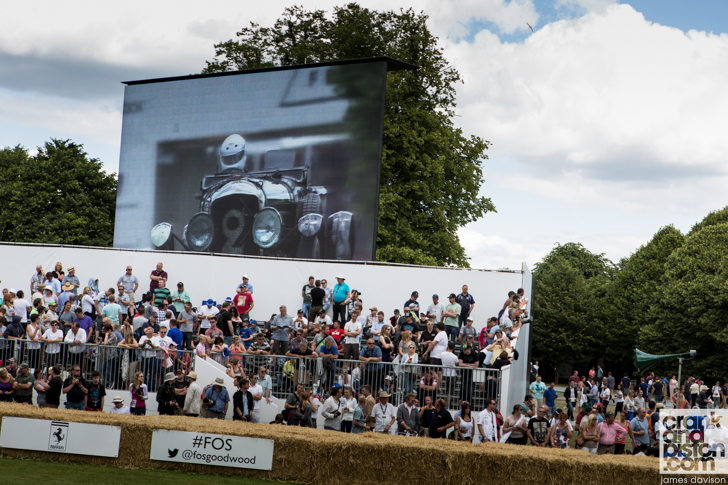
On the very first running of the 24 Hours of Le Mans in 1923, the privately entered Bentley of Duff & Clement took fourth place and W.O. was there to witness it. The previously sceptical founder of the marque had been bitten hard by the motorsports bug and the following year Duff & Clement crossed the chequered flag in first position after completing 120 laps. These early days of Bentley racing began with the 3-Litre and continued with the 4½-litre but the car that arguably made Bentley legendary in motorsport was the Speed Six.
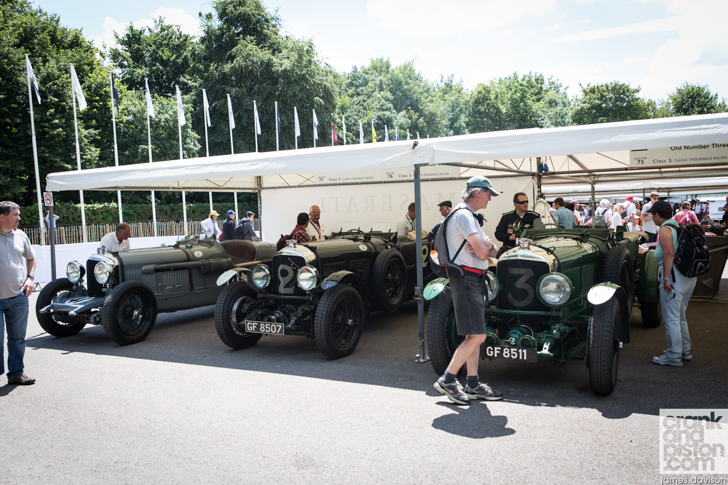
These factory ‘works’ cars dominated motorsport in their brief racing life taking victories at Le Mans and Brooklands 6-Hours in 1929 and the Brooklands Double Twelve in 1930 to name but a few. At the 1930 24 Hours of Le Mans, Speed Six Bentleys took first and second place and secured the fourth Le Mans victory for factory entered Bentleys on the trot. However, after 1930, Bentley retired from motorsport, sadly ending a glorious chapter in racing history.
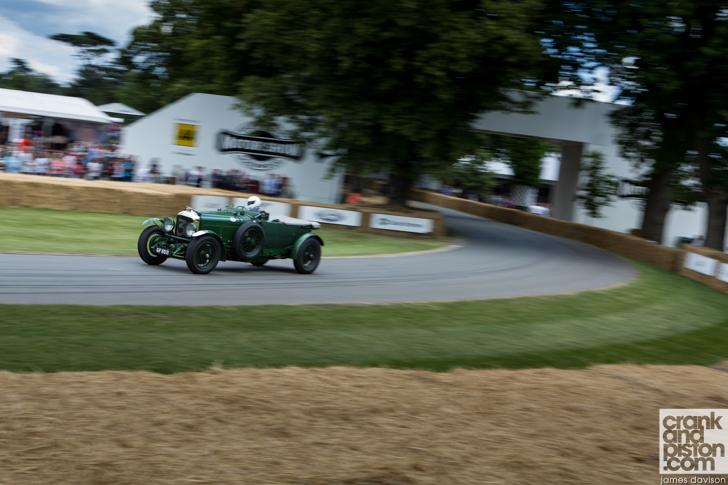
To say that Bentley rolled out some race car royalty at this year’s Goodwood Festival of Speed is probably therefore an understatement. Old Number 1, Old Number 2 and Old Number 3 are THE three Speed Six Bentleys that engrained the marque’s motorsport heritage in our collective psyche. Old Number One (chassis number LB2332) debuted as a factory race car on May 1929 and, due to its success throughout the 1929 season, Bentley prepared two more cars to the same winning design on the 11-foot chassis for 1930. These cars, HM2868 and HM2869, later became known as Old Number Two and Old Number Three.
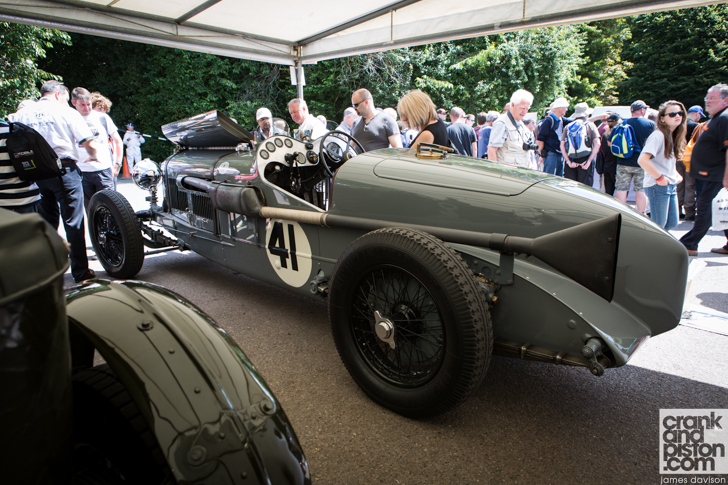
Without any doubt, it is Old Number One that bears majority honours of Bentley racing heritage. It was Old Number One that won Le Mans in 1929 and 1930 with Woolf Barnato and Bernard Rubin on driving duty. But, to be blunt, nothing much of chassis number LB2332 has remained over its storied life.
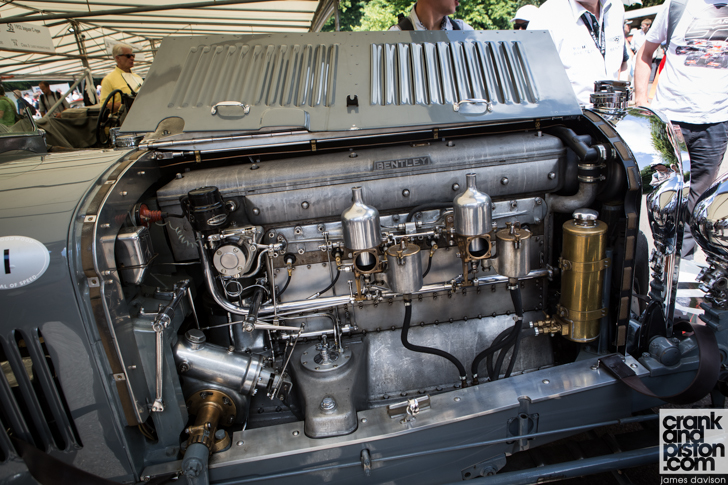
The original Vanden Plus coachbuilt bodywork has been replaced several times, first with a fishtail rear, then a Mulliner Fixed-Head Coupé body before a replica two-seat body was fitted back in 1957. It has been crashed innumerable times and shorter and stronger chassis rails from a Four-Litre have been fitted. The engine was even replaced with an eight-litre Rolls-Royce powerplant before being crashed (yet again) at the 500 mile race in Brooklands which unfortunately cost driver Clive Dunfee his life.
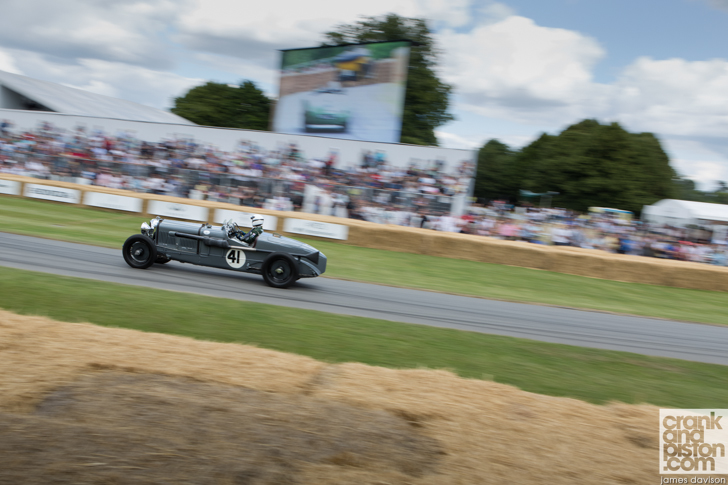
When ‘Old Number One’ came up for sale in 1990 it prompted an infamous court case with the seller, Edward Hubbard, agreeing that “It is common ground between the experts and accepted by the defence that of the 1929 Le Mans winner possibly only the pedal shaft and the compensator survive.” While the history of this car is certainly traceable and interesting in itself, it is Old Number Two which is as close to original 1930 Le Mans specification as a Bentley can get.
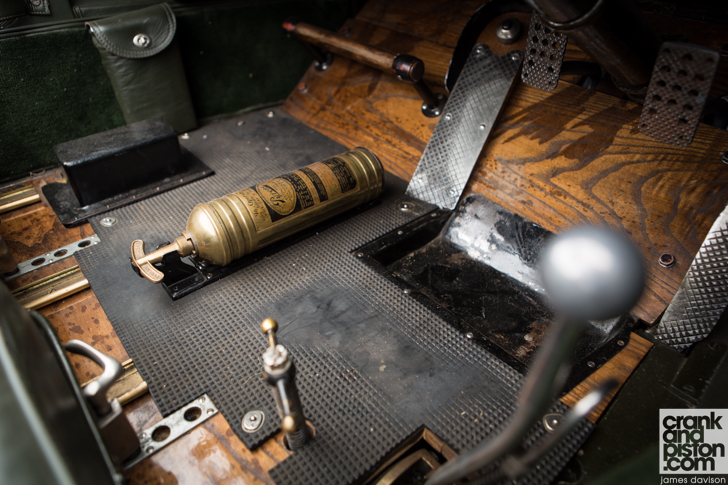
Old Number Two won the 1930 Brooklands 24 Hour and came a close second behind Old Number One in the 1930 24 Hours of Le Mans. When it came up for sale at Christie’s Auction House in 2004 it was described as “universally regarded as the finest and most important surviving Works Bentley. It has by far the best racing pedigree, concise chain of ownership and finest state of preservation. It should also be remembered that whilst raced by significant drivers of their time, a ‘Blower’ Bentley was never a Works car, nor were they successful at Le Mans. As the definitive Bentley Works Racer, one of only two cars to place at Le Mans and in The Double Twelve, quite simply, there cannot be a more important Vintage Motor Car.” The sale reflected this with a record-breaking price of £2,790,000 ($4,188,250 in 2004) when it went under the hammer.
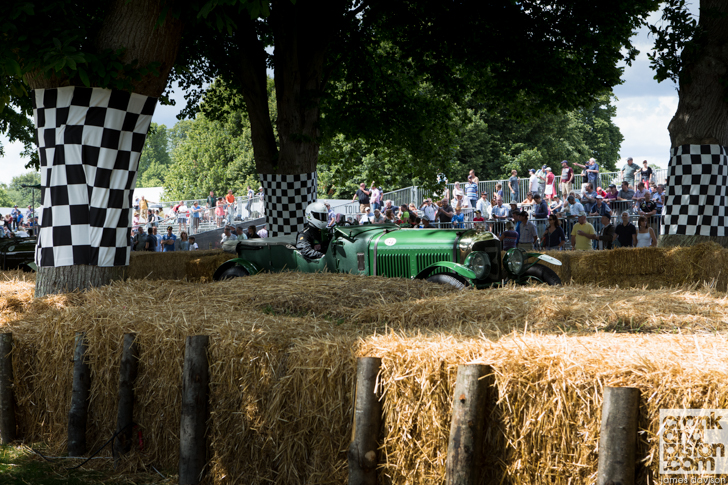
Since this heyday of Bentley racing, the marque has indeed made a brief return to motorsport with a successful three-year campaign to tackle Le Mans in the LMGTB category, producing victory in 2003. However, the Bentley racing legend was always driven by its customers having a close association with the race cars. And finally, the Bentley Boys are back at what they do best after an absence of exactly way too long.
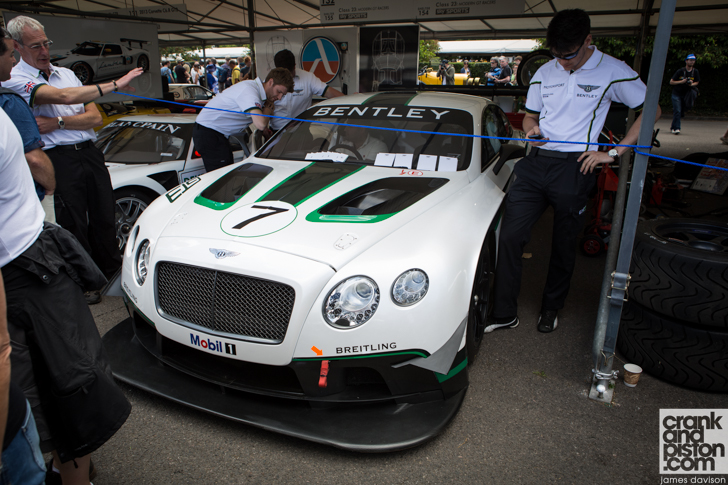
Team M-Sport Bentley are back in the thick of it and racing in the Blancpain Endurance Series with the Continental GT3. A strong performance at the opening race for the 2014 racing season in Monza, Italy, resulted in a not too shabby seventh position. But when the Continental GT3 took the chequered flag in first place at Silverstone, followed by a win at Paul Richard in France, it was a wakeup call for everyone that the Winged B had returned.
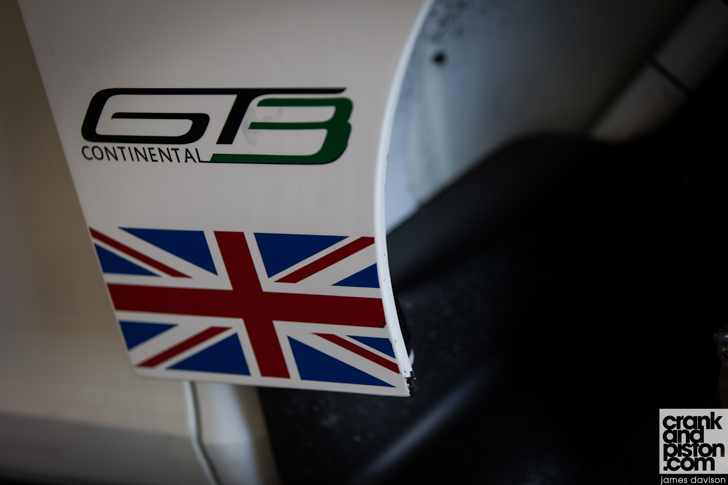
It is the win at Silverstone, the home of British motorsport, that perhaps draws the greatest parallels with the heritage cars and hammers home just how long Bentley has been absent from racing. The last time a Bentley factory works car raced on British soil was the RAC Tourist Trophy race at Ards near Belfast on 23rd August 1930. And while privateer Bentleys continued to race for many years after this, the last triumph for a Bentley on British soil was in October 1931 at Brooklands concrete speedbowl. That is a long time to wait for a win on home turf.
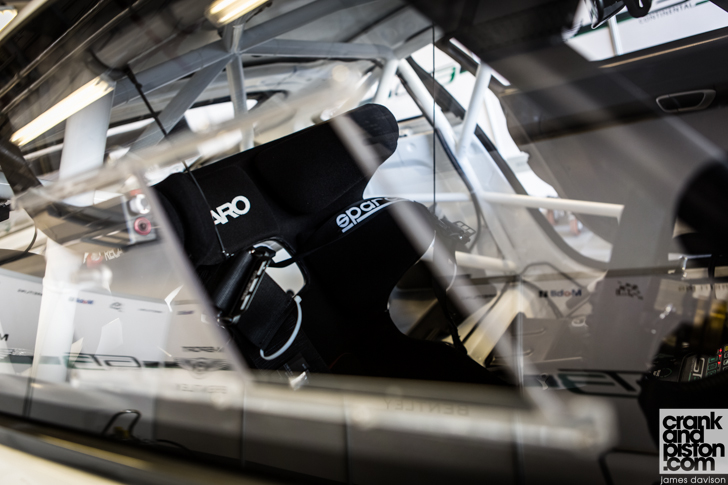
When the decision makers at Crewe agreed to return to motorsport, it was unanimously decided that it should be in competition where the customer had a close relationship with the race car. The Continental GT3 structure starts out as a regular Continental GT body shell and there is a clear connection between road car and race car, unlike Le Mans prototype racing. As mentioned previously, the Bentley racing legend was historically driven by its customers and this continues with the Bentley M-Sport GT3. Although, it’s a bit pricey for your average Joe.
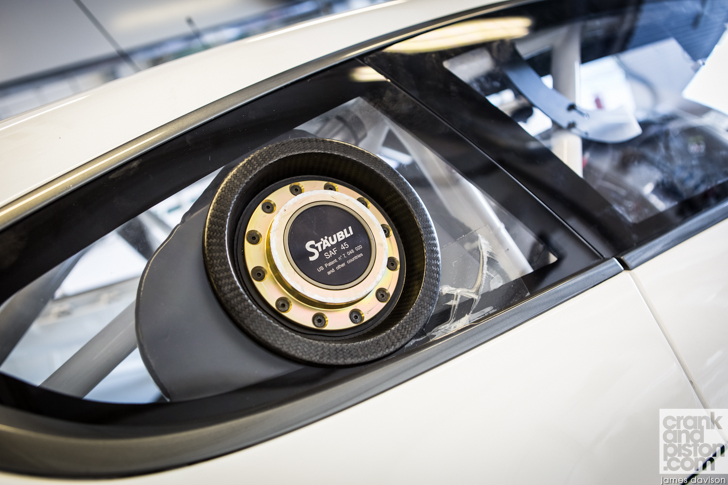
For the aspiring Bentley Boy, the Bentley M-Sport racing programme allows others to live the dream. For £368,000 the team can prepare a race-ready Continental GT3 for customers. But it is the development of the GT3 car, the ability to transfer knowledge gained on the track back to a road car that produces real world benefits for the customer. And Bentley has been busy producing arguably the most exciting road car spawned in Crewe for years, the Continental GT3-R.
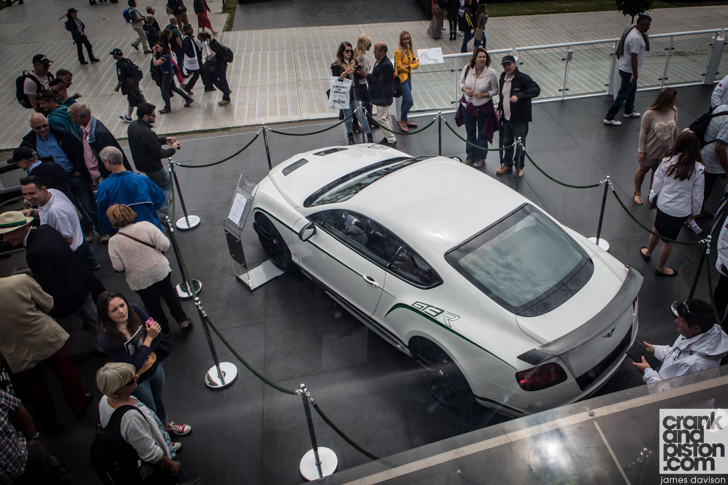
The development of the Continental GT3-R (‘R’ stands for road) was run in tandem with GT3 testing. It isn’t a stripped down racer and still maintains the hallmark luxury elements associated and expected from the marque although it has shed 100kg over the standard Conti. It’s more of a gentleman’s performance car, not an out and out track car as that’s what the GT3 is for. It is, however, a much more focused road car with the rear seats removed, carbon fibre interior, aero package including a fixed wing replacing the deployable spoiler on the GT and lightened forged wheels exclusive to the GT3-R.
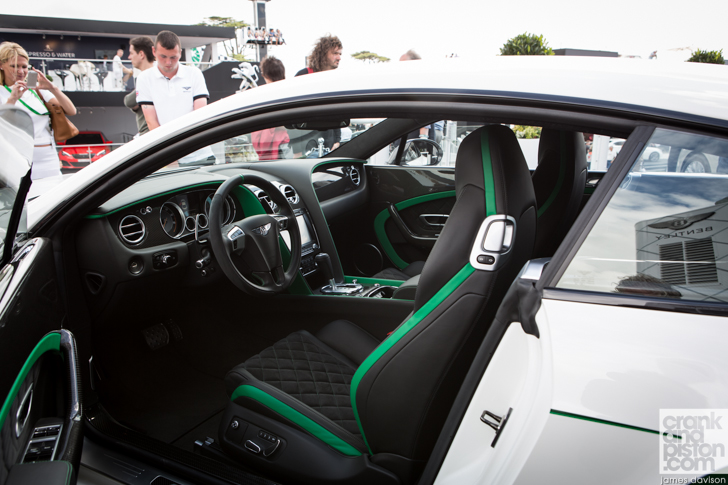
It is when you look beyond the cosmetics that the purposeful nature of the GT3-R is revealed. It sits 10mm lower all round with stiffer suspension, springs, damper rates and bushes. The twin-turbo, four-litre V8 produces 572bhp and unleashes its 516lb/ft from a lowly 1700rpm with the accompanying soundtrack assisted by an Akrapovi? titanium exhaust. At still well over 2000kg, stopping power has been upgraded substantially with the largest production passenger car brakes in the world. Massive carbon ceramic 420mm x 40mm discs sit up front with 356mm at the rear and the GT3-R also benefits from torque vectoring, a first for Bentley on a road car.
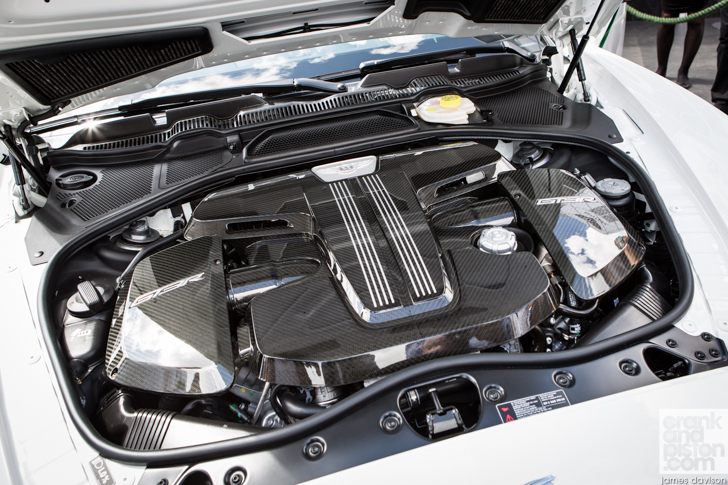
The AWD system of the regular Continental GT V8 has been retained as opposed to the RWD of the GT3 racer. Again, the focus has been on creating a driver focussed GT rather than an outright race car for the road. But, if there is one tell tale sign that the GT3-R possesses a much different character than the standard car it is its 15% shortened final drive on the eight-speed quick shift ZF transmission. The focus here is powering out of corners and not on top speed bragging rights.
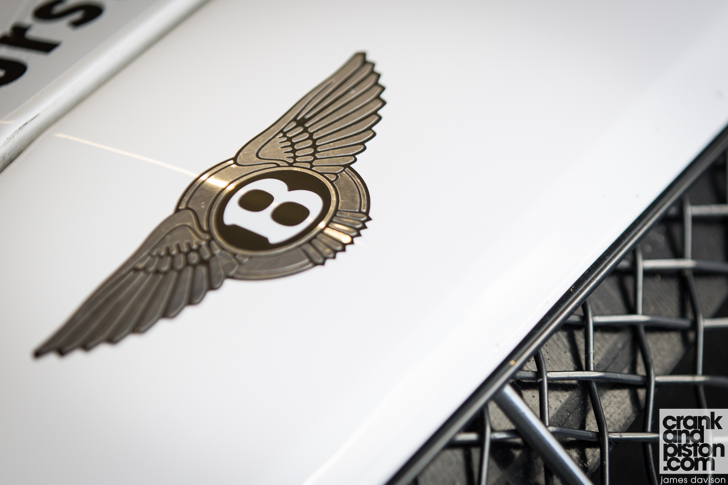
Only 300 individually numbered GT3-Rs will be released but, combined with a new era for Bentley in competitive motorsport, is a clear indication that the marque has returned to its roots. While other manufacturers have forgotten the importance of ‘race on Sunday, sell on Monday’, Bentley has re-embraced the ethos that was once synonymous with the brand. The Bentley Boys are indeed back.



